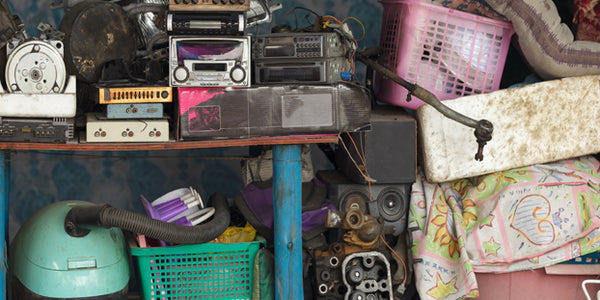WHO & The UN Speak Out
More than 800 man-made chemicals found in everyday products - in your household cleaners, makeup, electronics, canned food, and clothing - are becoming “a global threat that needs to be resolved,” according to a new report from the World Health Organization and United Nations Environment Program. Research links these hormone-disrupting chemicals to a host of medical problems, including certain cancers, birth defects, and other diseases.
These chemicals include phthalates and BPA, which are both used in plastics. The U.S., Canada, and parts of Europe have banned them in some products for children, but Endocrine Disrupting Chemicals (called EDCs) still lurk in the hundreds of thousands around the world. “The vast majority of chemicals” in common use have not even been tested for safety, report authors wrote. The report takes a more urgent tone on EDCs than a 2002 WHO report that found evidence of man-made chemicals’ harm to be “weak.”
Since then, the link between everyday chemical exposure and health problems has become clearer.
A separate study last year showed that exposure can be harmful to humans even in small doses. The Food & Drug Administration and Environmental Protection Agency continue to study BPA’s dangers in low doses. “Frankly, for BPA, the science is done. Flame retardants, phthalates…the science is done,” WHO report co-author Thomas Zoeller told Environmental Health News. “We have more than enough information on these chemicals to make the reasonable decision to ban, or at least take steps to limit exposure.”
But one major hurdle to addressing and regulating toxic chemicals in the U.S. involves battling industry groups like the American Chemistry Council and the U.S. Chamber of Commerce, which have waged campaigns against Environmental Protection Agency oversight of toxic chemicals.
~ Special thanks to Rebecca Leber who authored the original post at thinkprogress.org, from which this has been adapted, on February 21, 2013. ~

